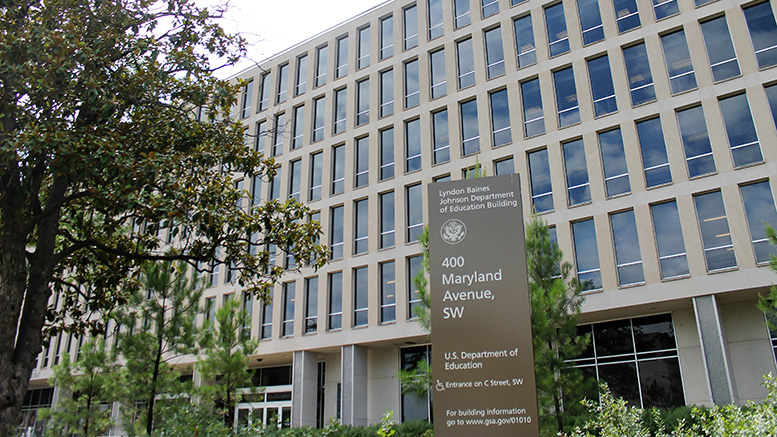The student loan default rate for community colleges continues to drop, according to new federal data. Minus foreign institutions, public two-year colleges are the only higher education sector that didn’t see an increase in the latest data.
The U.S. Education Department (ED) on Wednesday released national three-year cohort default rates for fiscal year 2014. The rate for public two-year colleges was 18.3 percent, slightly down from 18.5 percent in 2013. In 2012, the rate was 19.1 percent. The rate for community colleges has dropped slowly but steadily since 2010, when the sector’s rate was 20.9 percent.
Overall, the student loan default rate for all U.S. public and private colleges increased to 11.5 percent, from 11.3 percent in 2013. Public four-years saw an increase to 7.5 percent from 7.3 percent. At private, nonprofit two-year colleges, it jumped to 17.6 percent from 15.3 percent. Among two-year for-profits, the rate increased to 17.5 percent from 16.8 percent.
Despite the good news, public two-years continue to have the second highest default rate among all sectors. Only less-than-two-year private nonprofits had a higher default rate at 19.8 percent.
There were also six institutions — including one community college — that could lose eligibility to participate in the federal direct loan program and/or Pell Grant program for having a default rate of 30 percent or higher for three-years.
Borrowers in repayment down
The number of overall student borrowers at public two-year colleges entering repayment also decreased, which means fewer students had taken loans. In 2014, the number of borrowers entering repayment was 921,537, down from 948,515 in 2013. In 2012, the number of borrowers entering repayment was 905,058.
Among public four-years, the number of borrowers entering repayment for 2014 was about 1.75 million, a slight increase from 2013. Two-year propriety schools also saw a lower repayment number at 259,425, down from 310,345. Private two-year institutions also saw a dip.
ED also breaks down the new default data according to states. West Virginia had the highest borrower default rate in 2014 among all its colleges and universities at 18.3 percent, followed by New Mexico at 18.2 percent, Florida at 14.5 percent, Indiana at 14.4 percent and Kentucky at 14 percent. North Dakota had the lowest default rate at 6.4 percent, followed by Massachusetts at 6.5 percent and Vermont at 6.9 percent.
Policy recommendations
As Congress looks to reauthorize the Higher Education Act, which governs the major federal student aid programs, the American Association of Community Colleges says federal lawmakers can make several changes that would help lower default rates at two-year public colleges. Those include lowering aggregate loan caps for students in programs shorter than a baccalaureate, tying borrowing limits to enrollment intensity and giving colleges new authority to limit borrowing in certain broad areas in institutionally-defined circumstances.
In addition, AACC would like Congress to eliminate the link between Pell Grant eligibility and high default rates.

